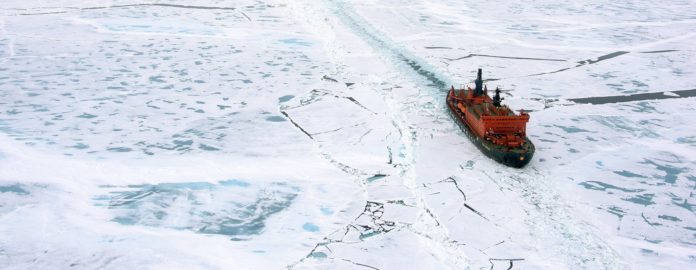On 13 January, there was not much going on in Bozeman, Montana, the quiet fly-fishing hub where august science and nature writer David Quammen sets up base between expeditions to the world’s most remote landscapes and high-security labs.
“Then I got an e-mail from an alert service on infectious diseases saying there were some cases of atypical pneumonia in Wuhan, China, which were caused by a new coronavirus,” recalls the three-time National Magazine Award winner and contributing writer for National Geographic. “I slapped my head and thought ‘here we go!’ ”
Quammen knows a thing or two about zoonoses. His prescient book Spillover: animal infections and the next human pandemic (W. W. Norton & Company, 2012) looked at how the “next big one” could be a coronavirus, coming from a bat, and moving to people in or around a wet market in China.
“I was not surprised when the pandemic began; what surprised me most of all is that governments were completely unprepared,” he says, speaking from his Bozeman home. Around him are floor-to-ceiling bookshelves, piles of reporter notebooks bookmarked with yellow sticky notes and scientific papers annotated in pencil.
Author of a dozen fiction and nonfiction books, Quammen sees himself as an intermediary between scientists and the general public. He does not just read journal papers, but also spends time with scientists conducting their fieldwork, following them through adventurous forests and into the dark depths of hidden caves.
For Quammen, “science is a human activity, so you need to write about people; you do not just express ideas and findings, you tell the story of the heroic and suspenseful work that goes into the doing of science – and that is how you make it interesting.”
He believes science writing and communication is hugely important because it equips people to make better decisions. “If we have ignorant citizens, democracy, planetary and public health do not do well.”
Write a way
Quammen aims to write in a manner that not only induces laughs and tears – signs, he says, of good writing – but also builds appreciation for science, dispels myth and can make people see the world in a slightly different way. In the time of this pandemic, this benchmark, for him, means spreading awareness of the intimate the links between planetary and human health.
“The current pandemic is not an independent event, but part of a pattern that reflects things we are doing,” he says.
The disintegration of natural ecosystems coupled with increased contact between people and wild animals is boosting the risk of spillover, a word that is used to describe pathogens jumping from non-human animal hosts to humans.
The pathogen succeeding in passing from one person to another is deemed an outbreak; spreading across a country, an epidemic; going beyond to the rest of the world, a pandemic. “Viruses do not have intention, they just seize opportunity. If a virus can replicate in a human and pass onto other humans, it has won the lottery.”
The fact that a new virus can now spread around the world in about 18 hours thanks to air travel is a form of Darwinian success, Quammen says – and also a stark reminder that despite all modernization, humans are still a part of the natural world.
Penning the future
Quammen’s interest in zoonoses began a couple of decades ago, with a National Geographic assignment to cover stretches of an expedition hike of 3,219 kilometers (2,000 miles) across the Congo Basin – an epic ecological survey known as the MegaTransect. One of those stretches happened to be an Ebola habitat. He and his group knew the virus was in close presence – but where exactly? Which species was acting as its reservoir host? And how did that species come into contact with people to cause the spillover?
“I realized that the very mysterious story of Ebola and the larger issue of zoonotic diseases was a story of ecology and evolutionary biology of viruses, and that is when I decided that was a subject for me.
“And now, for me, it is all about viruses again,” says Quammen, who is now working on a story for National Geographic on the evolution of viruses, as well as a book on COVID-19, which he hopes to research in Wuhan.
True to his interest in unreported topics, he is also developing another book on cancer and evolution and spent much of February in Australia with scientists who study Tasmanian devils, which carry a type of non-viral transmissible face cancer. (Yes, contagious cancer.)
But that is (yet) another story.
Credit: Source link






























